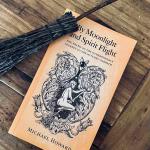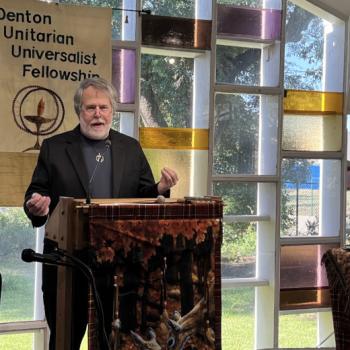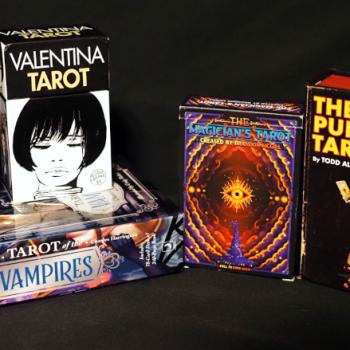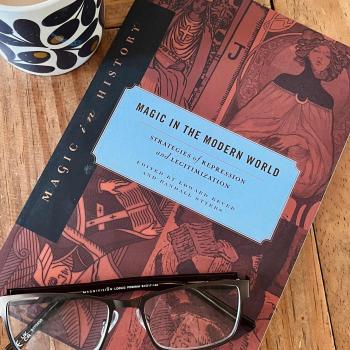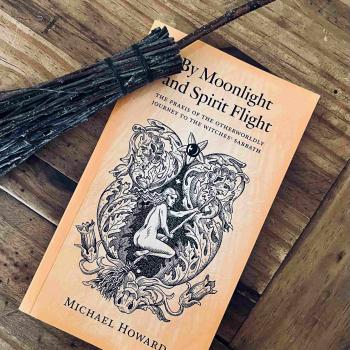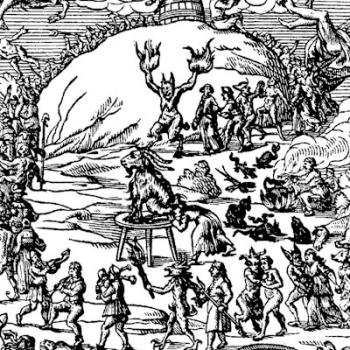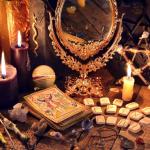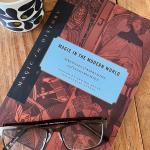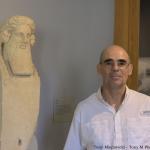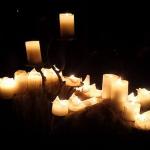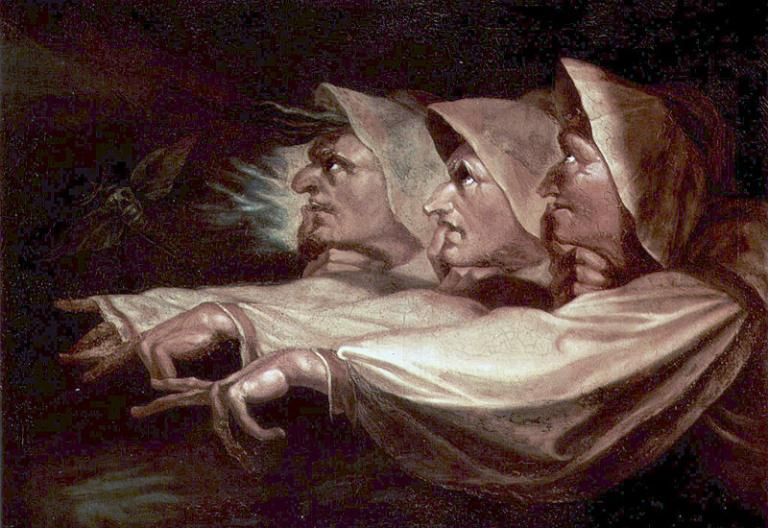
Recently, I made a blog post that gained some traction on social media, got seen by John Beckett who wrote an original piece and things took on a life of their own after that. Within the Traditional Witchcraft and broader Witchcraft communities, the pieces were both well received. Jason Miller wrote a rebuttal of John’s article, whilst BJ Swain took a more measured approach in his considered and well presented piece, and things escalated as the poison chalice that is social media does. Inevitably, this descended into a bit of a pissing contest in terms of how we define the Witch.
First, I need to make this absolutely clear:
If we think we can point and say ‘this is the Witch’, then we have made a very grave mistake indeed!
As the conversation never happened, and ever more opinions joined the melee on Facebook, I felt increasingly like my original blog post, its purpose and meaning had been lost. This caused me to examine and evaluate what it was I was saying, why and to whom. This, as is always necessary, involves a lot of reflection. Parts of this will be appended to the original post for clarity, but I won’t explain or excuse what I wrote. The results are as follows:
This all took a direction that wasn’t foreseen when I wrote Remembering the Witch. The pissing contest that ensued, where authors and everybody else felt compelled to burden the world with their subjective definition of the Witch, a nebulous figure as I have often said (“… a moving target…” I believe I wrote) put me off any further engagement and gave me pause for thought.
I feel it necessary to repeat here: If we think we can point and say ‘this is the Witch’, then we have made a very grave mistake! Whatever is at the end of the pointed finger, it has moved and/or changed already. To make this point plain: our opinions of what the Witch is are based entirely upon our own context and is purely subjective and shifting. If we take our dearly held opinion as objective truth, we have entered the land of dragons and devils and are destined for a very a hard landing when we leave Kansas – and shouldn’t be surprised if we find a different kind of Witch underneath the foundations of the house! Clutching tightly to our unique definition of the Witch is akin to holding fistfuls of water – it slips away from you the harder your grip!
When I penned the post, I was broadly asking a question from a place I acknowledged was opinion and a consciousness stream. In fact, I generally welcome discussion in principle, and even argument in the Greek philosophical sense whereby parties learn and evolve through a dialectic discourse – as opposed to the modern definition whereby parties entrench and shout volleys at each other in pitched battle.
The question was about where the place is now for the ‘wicked witch of the dark woods‘ (for want of a better analogy), and in answer I was proposing that there is currency in the antagonist as a force for change and evolution, even initiation, in many forms of Traditional Witchcraft (and mystery traditions, even magic itself), as one who shifts perception around them, changing reality and presenting new horizons, but also – crucially – danger. I was envisaging Granny Weatherwax, and Austin Spare’s Mrs Patterson, when I wrote it (as some astute readers deduced). I hold that this is an important role in how we engage such mysteries, if we engage them at all. The last thing on my mind was open warfare of opinion. The suggestion that one shouldn’t find one’s tribe is not a position I hold. I was considering deleting the blog post because I couldn’t see where it served me, my craft, it’s purpose, or anybody else for that matter.
In my reflections upon my original post, I recognise that there is a magic at work around and about me, as I wrote and also within the piece itself. It didn’t arrive in a vacuum and there are certain things within my own witchcraft practice that may have invoked unseen forces that worked upon me to a greater or lesser extent. In consideration, I can now better observe, with distance in time and removing myself from the context of the hubbub, that something has, indeed, been causative in creating a shift in my own perspective that advances my magical odyssey. But that is for me alone!
The article, Remembering the Witch, was at its heart about antinomianism, its function and utility, and I wrote it – so I thought – in an antinomian way; thought provoking, challenging, heretical. In this, I believe it worked its magic. However, in doing so, identities were threatened – including mine as I reached to grasp what it was I intended against what was transpiring. I was confronted with the question about what it was I was saying, what I meant and how it had been framed. When our identity, so carefully crafted and tightly held onto, feels challenged it reacts – usually aggressively. Yet, it pays to be mindful of the multiple identities that we each hold in our daily lives, envisaged as masks we put on and take off with frequency we don’t even notice. When we remove one, another replaces it immediately, ever more persistent and seeking reinforcement. For the many-masked god, these are kindling. For myself, that mask had become one forced into a frowning defensive position in response to interpretations that I wasn’t convinced reflected my intentions. The great thing about a mask is that we can remove it, if we so chose.
As a shapeshifter, the Witch alters perceived reality about Her, moving as a numinous force, smoke-like filling vessels, vanishing in the air and changing shape with the wind. Like Granny Weatherwax, She disrupts our perceptions, forcing a position that is surprising. In this surprise, there is often alarm, deconstruction, awe, but when acclimatised may be more favourable to us. As this is not intended as another stream of urine to be measured against other opinions about what the Witch is, I shall leave this here.
In parting, I am minded that the previous blog post has a power all its own – like an aghori sadhu as he scoops fistfuls of his own shit into his mouth to the horror of onlooking tourists. Remember, these are all constructs that can be adopted, worn for a while, and discarded when they have served their purpose.
And just for devilry:
“That’s not how we do it, as well you know,” said Granny disapprovingly. “People don’t go and find witchcraft, it comes and finds them.” [1]
If you want, I have a webpage over at Surrey Cunning you can look at.
[1] Terry Pratchett, Wyrd Sisters. (United Kingdom: Transworld, 2012), 77.


